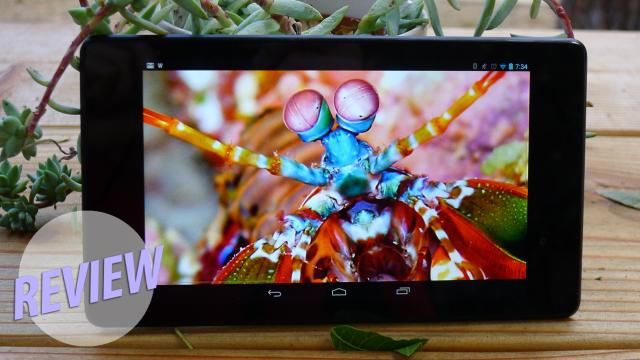Google’s Nexus 7 was the best small tablet of 2012. Rather than mess with success, Google did something uncharacteristically conservative: it made little improvements here and there and left the rest mostly as is. The result? This year’s Nexus 7 is more low rumble than tectonic shift, but it’s still our new favourite tablet. For now at least.
What Is It?
It’s Google’s new 7-inch tablet. The hardware was made by Asus, and the operating system is the latest and greatest pure Android experience from Google (Android 4.3 Jelly Bean). It starts at the very easy entry point of $US230 for the 16GB Wi-Fi version.
Who’s It For?
Commuters, travellers. People who want their tablets to be as portable as possible. People who do a lot of reading on their tablets. Gamers. People who want a more capable ebook reader.
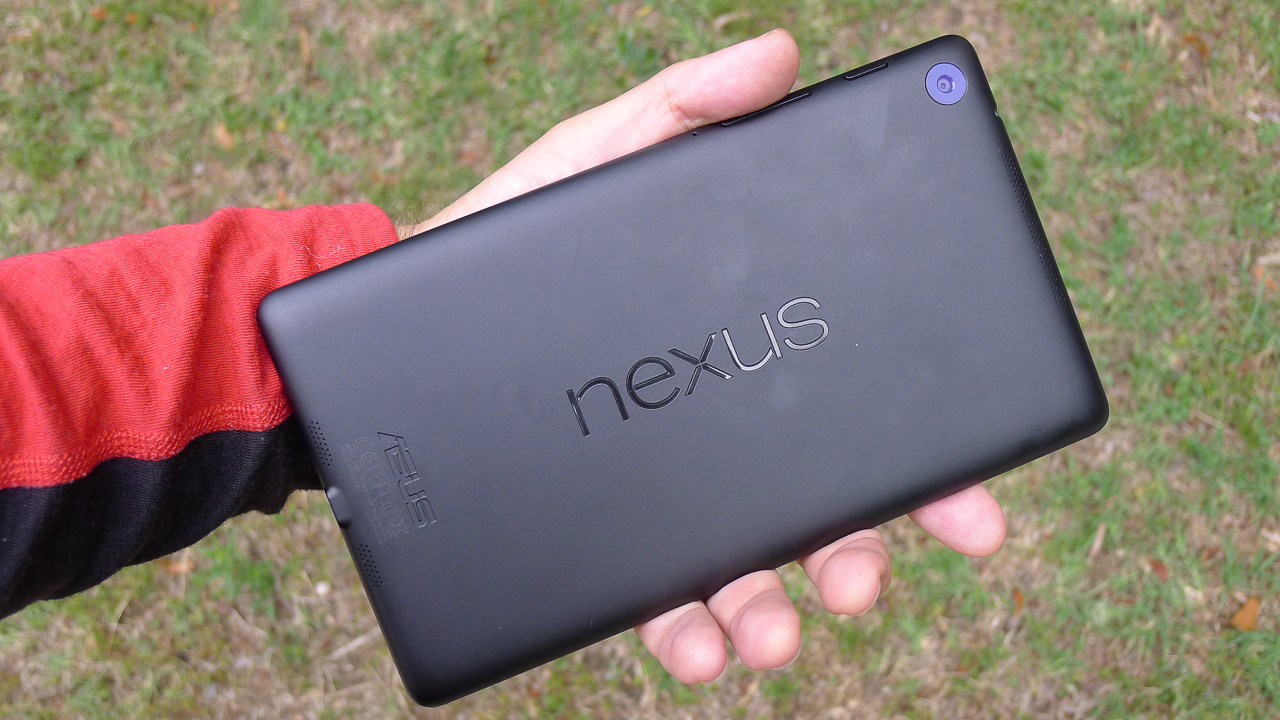
Design
This tablet could fit in the rear pocket of a lot of people’s jeans and almost everybody’s jacket. That’s a huge advantage. It comes in at 200mm x 114mm x 9mm, versus 198mm x 120mm x 10mm on the 2012 Nexus 7. In other words, it got only slightly longer, but noticeably narrower and thinner. It also only weighs 298g verses 340g for the last version. The result is a tablet that doesn’t feel quite as bulky, which was one of the main knocks against the previous iteration. It has a soft-touch plastic back (non-removable) and sadly no removable battery or expandable storage slot.
Despite that slimming down, the new Nexus 7 got fat with pixels. Its HD IPS screen has a resolution of 1920×1200 for a pixel density of 323 pixels per inch (PPI). That’s an unprecedented resolution from a tablet this size — or any size (the current-generation iPad has a pixel density of 264PPI, while the iPad mini is stuck at a sad 163PPI.
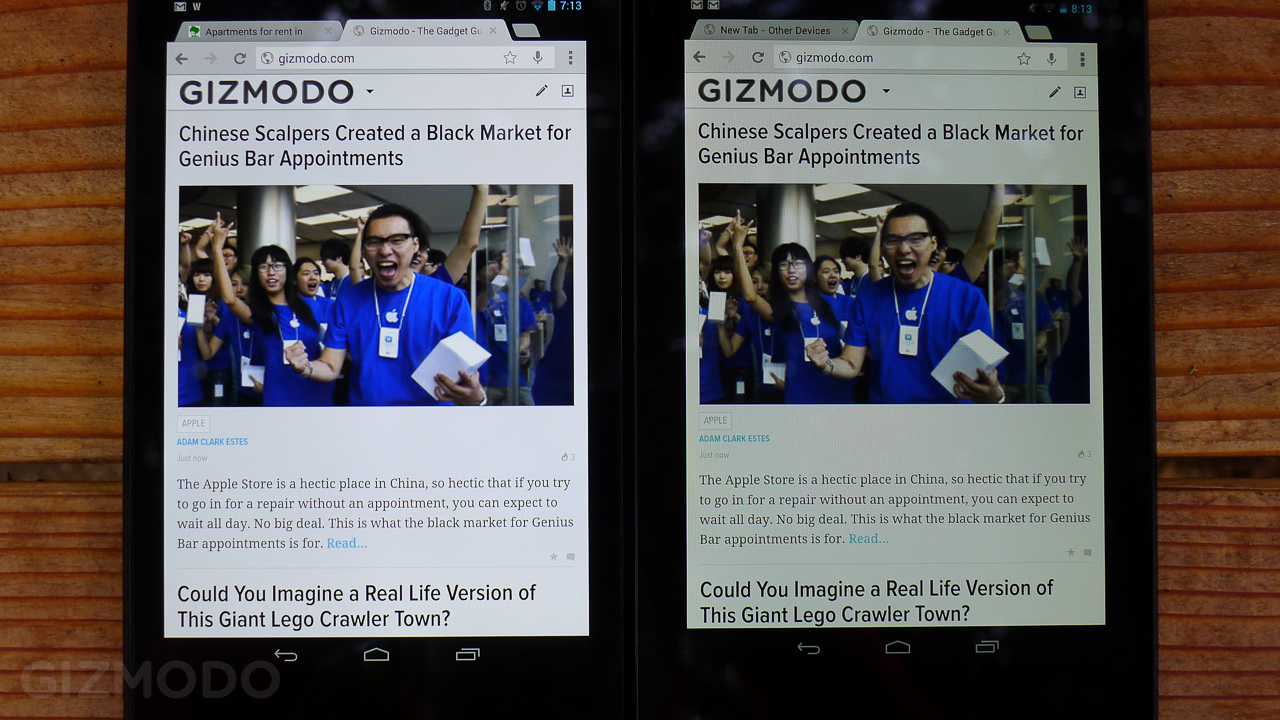
2013 Nexus 7 on left, 2012 Nexus 7 on right.
There are now two separate speakers — one on each side if you’re holding it landscape — to give the tablet actual stereo sound. The whole thing is powered by a 1.5GHz quad-core Qualcomm Snapdragon S4 Pro CPU, an Adreno 320 GPU and 2GB of RAM (twice last year’s). The micro USB port doubles as a SlimPort for mirroring your tablet to your TV (via an adaptor or a cable sold separately), and you can charge the tablet wirelessly via the Qi protocol. Oh, and it has a rear camera now. It’s 5MP, but who really cares?
Using It
For starters, Android 4.3 is nearly identical to Android 4.2. It’s a very incremental update. The most tangible new benefit is that Bluetooth 4.0 Low Energy is now supported. That means you can use it with new heart rate monitors and/or activity trackers like the Fitbit One. I tested it with the Withings Pulse and it worked flawlessly. There are a few other perks, like profiles you can set up to keep your kiddies from making in-game purchases. And there are some yet-to-be-quantified performance enhancements. On the surface that’s about it.
In practice, the tablet itself hauls arse. Apps open up lightning-quick, scrolling is smooth and it auto-rotates quickly, all things which my 2012 Nexus 7 has been failing to do lately. The reduced size makes it once again hands-down the easiest tablet to carry with you. Hand fatigue, even on long train rides, is extremely minimal.
Android tablet apps have come a long way over the last year, and while it still doesn’t have as many truly optimised tablet apps as iOS, it’s very nearly caught up, and most of the ones you care about look just as good on both platforms. Spotify, IMDB, Instagram, Kindle, Evernote, for example, are all solid. This is a different story from just a year ago. The good news is that even apps that aren’t optimised don’t look so bad when stretched to seven inches, since they’re all made to work on phones that are 5.5 inches now anyway.
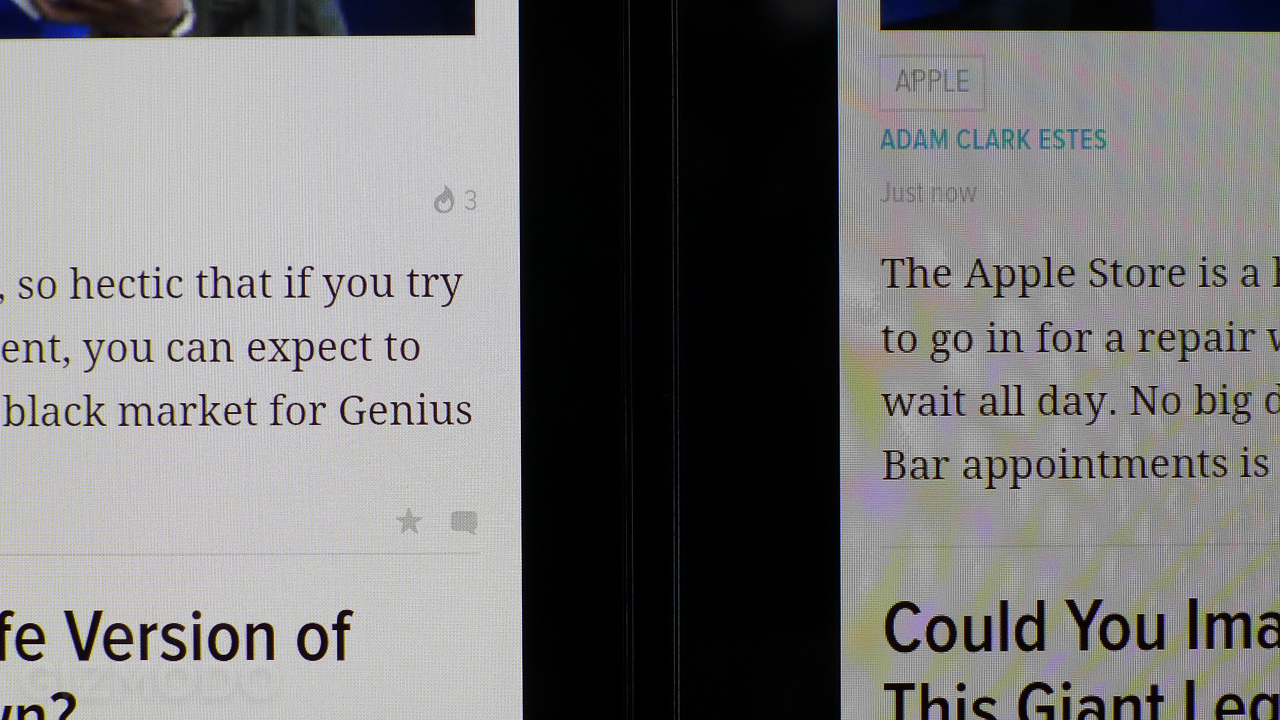
The new Nexus is on the left, the old Nexus is on the right.
The Best Part
That would have to be the upgraded screen. It is absolutely gorgeous. Not only does text look sharper on it than on any other tablet to date, but it’s very bright, and colours are wonderfully accurate. The old Nexus 7’s screen had sort of an orange-ish tint to it; this year, the whites look white. It blows every other small tablet out of the water.
Tragic Flaw
The new Nexus features Qualcomm’s Snapdragon S4 Pro processor. The HTC One and Samsung Galaxy S4 both use Qualcomm’s newer, faster Snapdragon 600 processor, and soon devices will be released with the even fasterer Snapdragon 800 or Nvidia’s Tegra 4. It is utterly baffling that Google/Asus would choose to go with an outdated processor. Yes, it’s plenty fast now (faster than any tablet, but slower than the HTC One), but so was my 2012 Nexus 7, and now it’s slow as hell. This seems like bad future-proofing, even if it did help keep the price down.
This Is Weird…
You may recall that 2012’s Nexus 7 had some Wi-Fi issues. The Wi-Fi radio performed very inconsistently and struggled to deliver a solid connection. The new Wi-Fi radio performs better, but not by very much. We used the app Wi-Fi Analytics Tool from Amped Wireless and started walking down the block with both tablets, slowly getting further from our router. While the newer Nexus was often 10dB or 20dB better than the older one, it wasn’t consistent. Sometimes the older one would even pull ahead. This is really the only place were the iPad mini beats the new Nexus 7 handily. Google and Asus had the chance to make this much better, and they didn’t do much with it.

Test Notes
- The 4,345 mAh battery on the 2012 Nexus 7 actually got smaller, coming in at 3950mAh this year. This seems like it would be terrible move in theory. But in practice battery life has been rock solid on this thing so far. It made it well through the day despite heavy usage, and it really sips power in standby mode, which is great. This is possibly due to improved display technology and/or the smarter processor. Or maybe it’s Android 4.3. The jury is still out on why, but suffice to say it’s very good.
- The stereo speakers are definitely an improvement. It’s especially better when you’re watching a movie or playing a game in landscape mode. They are also distinctly clearer, with less distortion. What they aren’t, though, is louder. It seems that the old, single-speaker on the N7 actually pumped out more sound. Only by a little, but still, what a world. We definitely prefer the front-facing speakers on Google’s 10-inch Nexus 10.
- While the differences from the previous version are subtle, this Nexus 7 feels much classier and more high-end (well, it is $US30 more, I suppose). The last one felt thick and a bit clunky, with a slightly dotted plastic finish on the back. This one feels nice and trim, and the dots on the back have been replaced with a brushed, soft-touch plastic. It’s smoother and better-looking, but it actually manages to be a little grippier, too. It’s really nice.
- The front-facing camera has too narrow of an angle. If you’re video chatting while holding the tablet at a comfortable distance, all your caller will see is a big close-up of your face. It’s not a great look. HTC has been getting it really right with the wider angle on the front-facing cam. We tried to test the 5MP rear camera but were unable to get a steady shot while constantly punching ourselves in the face. (We kid. It takes fine pictures in bright daylight, but seriously, just use your phone instead unless you already have the tablet in your hands and Sasquatch is running past you.)
- The long-term performance of the previous Nexus 7 doesn’t totally inspire confidence. Over time, it really got a lot slower, battery life got a lot worse, and mine still hasn’t been updated to Android 4.3 (despite it being one of the first to be released). We want to believe that this tablet will last you at least a couple years, but some healthy scepticism is advised.
- There are a few versions: 16GB Wi-Fi only for $US230, 32GB Wi-Fi only for $US270, and a version with LTE for $US350.
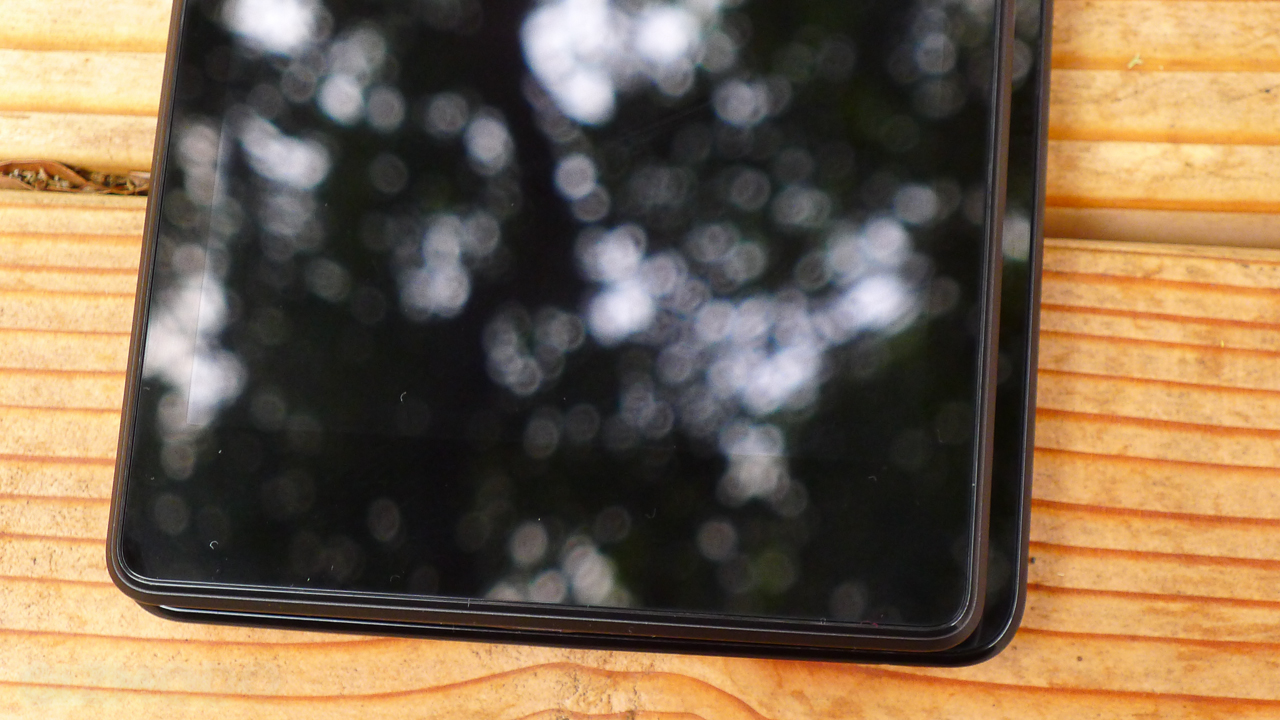
Should I Buy It?
Probably, but it’s a tougher call than it should be. Google missed an opportunity to really pull ahead in the small tablet battle. Instead, it chose a still-good-but-definitely-outdated processor. This all but guarantees that the Nexus 7 will be surpassed in power and speed sooner rather than later. It’s definitely an upgrade, but it’s a little more incremental than we’d hoped it would be.
That said, this tablet is absolutely terrific and it’s the one we’ll be carrying with us for the foreseeable future. The screen is absolutely unsurpassed in the small-tablet category (or arguably any tablet category), and that’s a big deal. It’s simply a joy to look at, it’s effortless to carry, it’s extremely fast, and it’s very cheap for how good it is. The 2013 Nexus 7 comes in at $US230 for the 16GB Wi-Fi version, which is a cool $US100 less than the not-nearly-as-good iPad mini with the same setup. Or it’s $US30 more than the Kindle Fire HD, although the Nexus 7 is better in virtually every way.
At the very least, though, it’s probably worth waiting. While we’d definitely recommend this Nexus 7 over the current competition, keep in mind that the 2013 versions of the iPad mini and the Kindle Fire will probably be coming in the next few months. We’d bet the Nexus 7 will probably still be the best buy, but it doesn’t hurt to sit tight.
Basically, we love this thing. We just can’t shake the feeling that we’ll be falling even harder for something else soon. Ah, l’amour. [Google]
Google Nexus 7 2013
• Display: 7-inch 1920×1200 (323PPI) LED-backlit IPS
• Networking: Wi-Fi (LTE option)
• Display: 1920×1200 (323 PPI) LED-backlit IPS
• Processor:1.5GHz quad-core Snapdragon S4 Pro Processor
• Memory: 2GB
• Storage: 16GB/32GB
• OS: Android 4.3 (Jelly Bean)
• Camera: 5MP rear / 1.2MP Front
• Dimensions: 200mm x 114mm x 9mm
• Weight: 298g
• Battery: 3950 mAh Li-Ion
• Price: $US230-$US270 Wi-Fi / $US350 Wi-Fi + LTE. Pricing and availability for Australia is yet to be announced.
